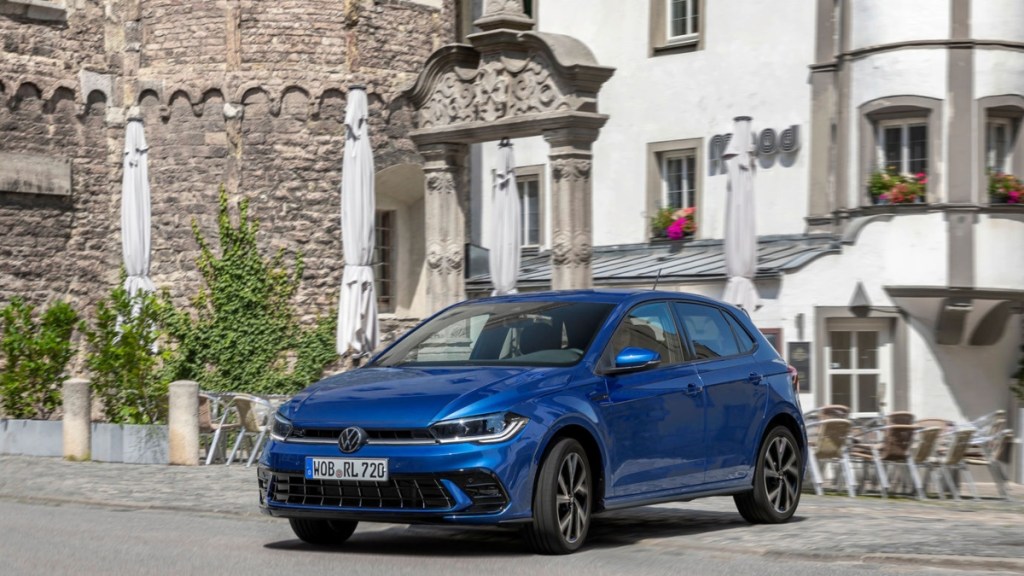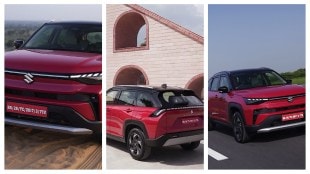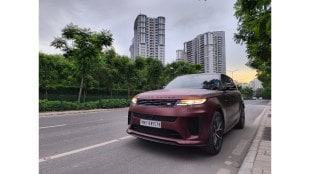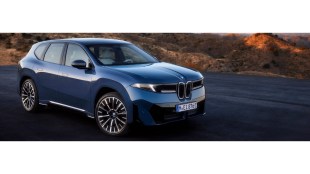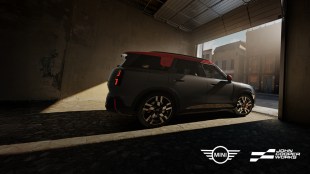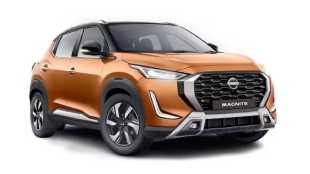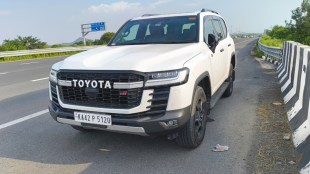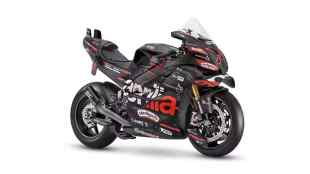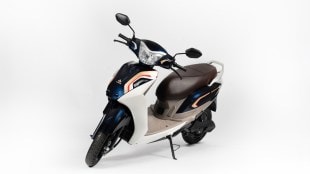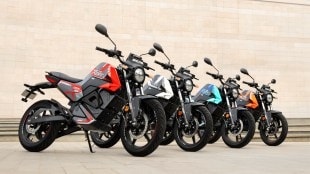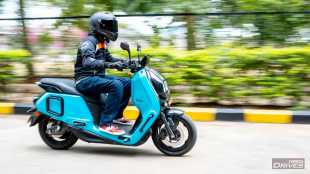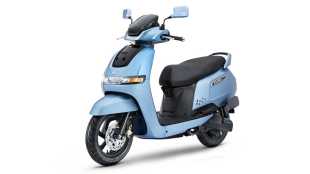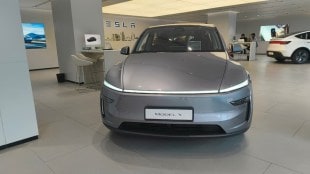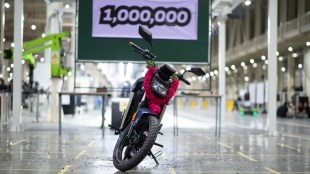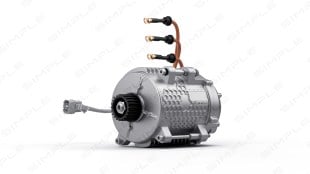The Volkswagen Buzz may not be India-bound any time soon but the German carmaker surely created a lot of buzz with the flurry of new variant launches of the Taigun and Virtus. The company plans to command more than 1.5 per cent of the Indian automotive market by end of 2023 and targets 40-45 per cent growth over 2022 performance. But there are no plans for any hatchback, especially in the ICE segment.
Ashish Gupta, Brand Director, Volkswagen Passenger Cars India, clarified that “there is no ICE hatchback plan in mind for Volkswagen India. That is a segment we have consciously moved away from. If you look at it, this is also in line with the trends in the market now.” At one point in time, hatchbacks accounted for over 40 per cent of cars sold but right now it has come down to the low 20s, around 22 per cent.
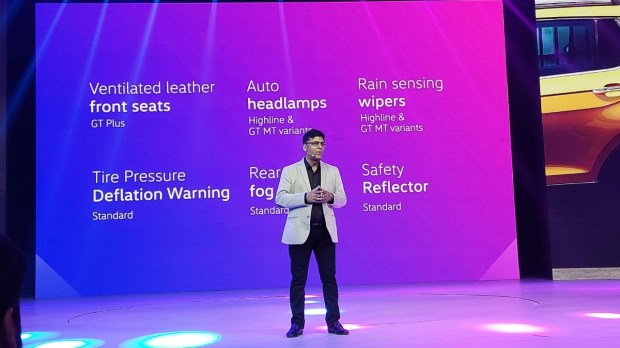
“Going forward to be in line with our brand positioning, we will have to go for bigger and more advanced cars,” explained Gupta. Would that mean, the ID.4 is what the market could watch out for next from the German carmaker?
According to Gupta, “premiumisation and electrification” are going to be the two key pillars to help drive Volkswagen India’s sales higher. Given the ongoing trend where “the market has moved towards bigger cars, SUVs, an ID.4, which is significantly bigger in size, is what the company is looking at, by late 2023 or 2024.”
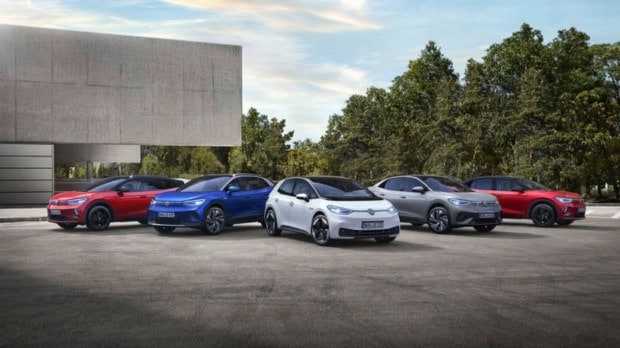
Size and price are what the company is looking at closely. While the ID.4 may not be exactly the most affordable, Gupta rationalises, it will be around the top trims of Tiguan but will be a significantly “bigger size car than the Tiguan.”
Though the pricing and the ticket size that Volkswagen has now graduated in India (Rs 16 lakh and above from earlier Rs 6-8 lakh), is significantly higher, it also entails that there won’t be a dramatic spike in volumes. The company is targetting more of an incremental double-digit increase across the in-demand segments, especially given the scalability of its manufacturing facility. Gupta highlights that the “plant capacity is scalable up to 190,000 units and the current manufacturing rate is around 150,000 cars,” added Gupta.
